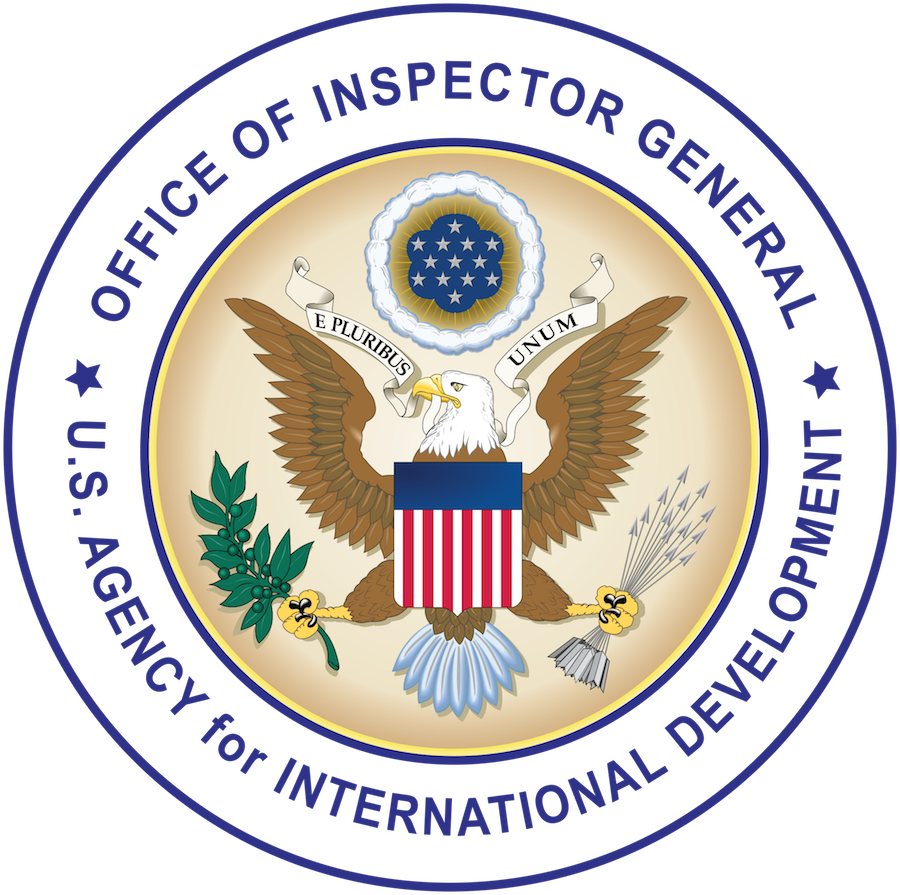(U) Why We Did This Inspection
(U) On February 24, 2022, Russia launched a fullscale invasion of Ukraine and targeted critical infrastructure, including internet and telecommunications networks. In response, USAID partnered with Space Exploration Technologies Corporation (SpaceX) to provide 5,175 Starlink satellite terminals to the government of Ukraine’s State Service of Special Communications and Information Protection (SSSCIP) to support critical civilian services and internet connectivity. The U.S. Department of Defense and other donors, including foreign governments, have also delivered Starlink terminals to Ukraine.
(U) Starlink, a dual-use technology with both civilian and military applications, has played an important role in Ukraine’s resilience and defense. Ukraine has relied on Starlink to restore civilian internet access and maintain communications between government officials and emergency services providers. The country has also used terminals to pilot drones,
target artillery fire, and communicate on the battlefield.
(U) We initiated this inspection to assess USAID’s oversight of the 5,175 Starlink satellite terminals it delivered to Ukraine. USAID procured 1,508 terminals while SpaceX donated 3,667. Our objective was to determine the extent to which USAID mitigated the risk of misuse of those terminals. We reviewed USAID’s activities related to the acquisition, donation, delivery, transfer, and oversight of the terminals between March 2022 and July 2024.
(U) What We Found
(U) USAID did not fully mitigate the risk of misuse of the Starlink terminals it delivered to Ukraine, with nearly half of active terminals present in territories that Russia fully or partially occupied. USAID did not fully define clear expectations and conditions for Ukraine’s use of the Starlink terminals it delivered. The Agency initially drafted conditions that restricted the terminals to civilian use and required SSSCIP to establish safeguards for proper use and ensure secondary recipients agreed to conditions of use in writing. However, it never exercised this agreement. Ultimately, USAID’s implementer, DAI, and SSSCIP signed a transfer agreement on April 11, 2022, stating that SSSCIP would bear full financial and legal responsibility for the safety and use of Starlink terminals.
(U) However, SSSCIP’s letter and USAID/Ukraine’s final transfer agreement did not include conditions from USAID’s original draft, such as safeguards to prevent misuse or written assurances from secondary recipients, including regional governments and cities, to ensure proper use. In addition, it excluded location restrictions from SpaceX’s terms of service for the Donetsk and Luhansk regions of eastern Ukraine.
(U) As a result, SSSCIP transferred terminals to high-risk locations in eastern Ukraine—areas
occupied by Russia since the invasion began—increasing the risk of misuse for military or intelligence operations or theft by Russian forces.
(U) We also found USAID did not monitor the Starlink terminals after delivery because it accepted more risk in the challenging wartime environment and transferred responsibility for the terminals to the government of Ukraine upon delivery. As a result, USAID did not know where the terminals were or how they were used.
(U)What We Recommend
(U) We recommended that USAID/Ukraine request that SSSCIP assess which USAID-delivered Starlink terminals are at high risk of misuse or theft and coordinate with SpaceX to suspend service for those terminals. The Agency partially agreed with the recommendation.
